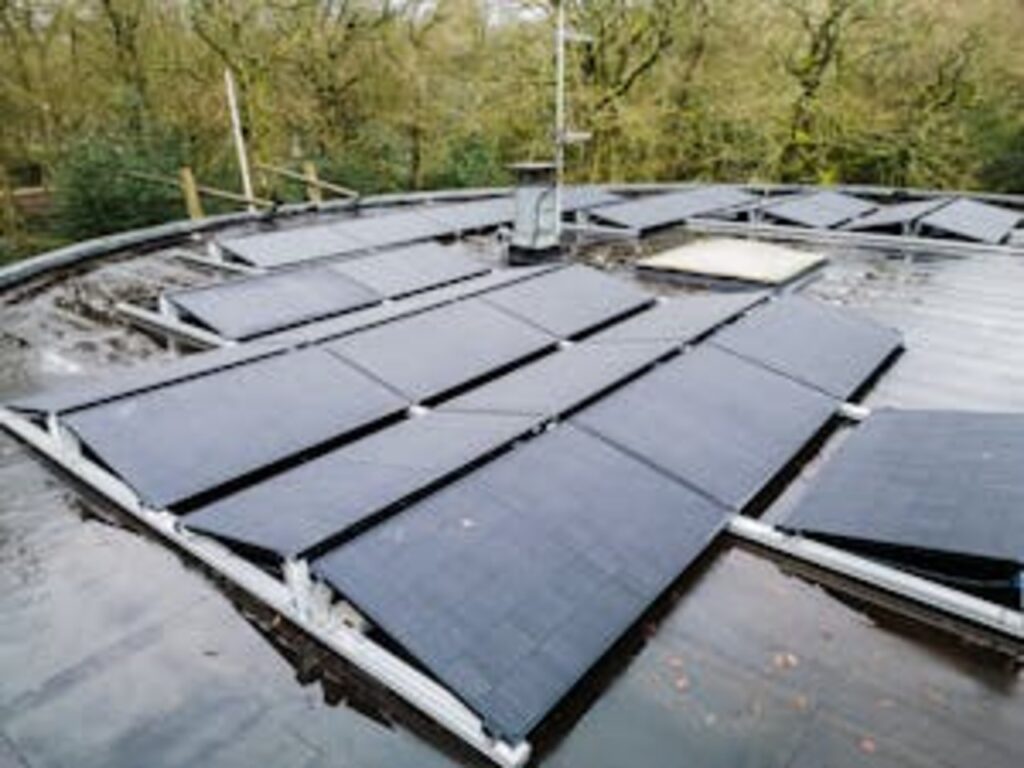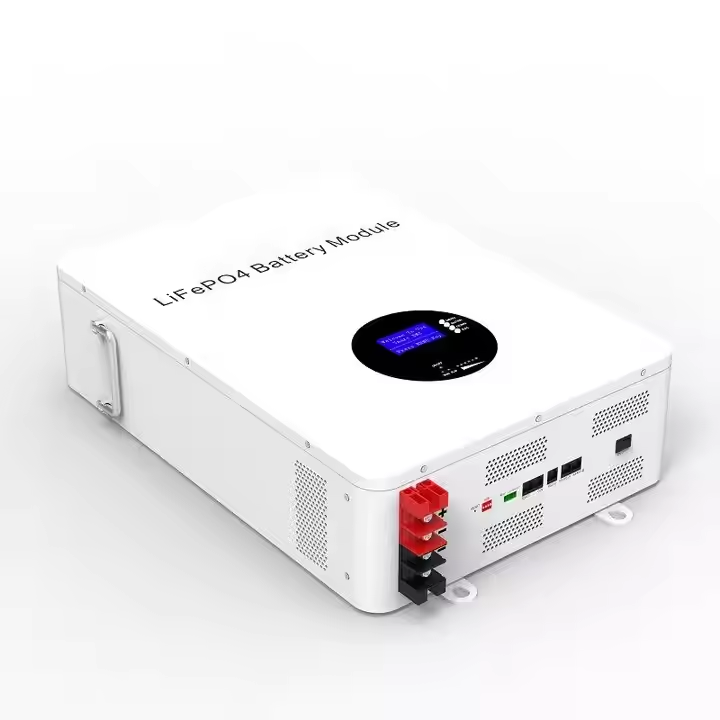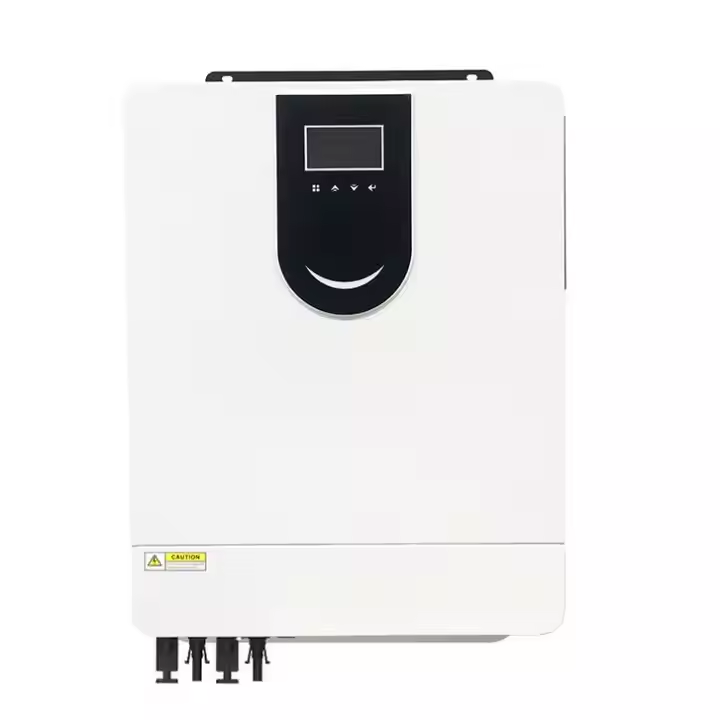In rural Syria, where aging infrastructure and conflict frequently leave communities without reliable electricity, 10 kW hybrid solar inverters are transforming daily life. By combining solar energy conversion, battery storage, and seamless grid-hybrid operation, these units provide continuous power for lighting, water pumping, healthcare, and communication—ensuring villages remain illuminated and functional even during prolonged outages. Below, we explore the local challenges, the technology behind 10 kW hybrid inverters, real-world implementations, and best practices for deploying and sustaining these resilient energy systems.
I. The Energy Crisis in Rural Syria
Villages across Syria suffer frequent blackouts caused by damaged transmission lines, fuel shortages for generators, and rolling utility cuts. Without power, critical services—clinics, schools, water pumps—grind to a halt, and daily life becomes a struggle. Residents often rely on diesel generators, which are costly to run, noisy, and polluting. A shift to solar-battery hybrid systems addresses these issues by harnessing abundant sunshine and storing energy for night-time and cloudy days.
II. Anatomy of a 10 kW Hybrid Inverter System
A. Solar Array and MPPT Control
A 10 kW hybrid system typically begins with a solar array sized to deliver 10 kW at peak sun. Advanced MPPT solar charge controllers continuously optimize panel output, ensuring the batteries receive maximum charging current throughout the day.
B. Battery Storage
Energy storage batteries—whether lithium-ion or robust gel types—buffer excess solar production for use after sunset or during grid outages. A well-sized 20 kWh battery bank paired with a 10 kW inverter provides several hours of full load, or stretches over multiple nights with managed loads.
C. Hybrid Inverter Operations
The hybrid inverter orchestrates the power flow:
Daytime: Solar panels directly supply village loads while charging batteries.
Night or Outage: The inverter draws from batteries, supplying uninterrupted AC power.
Grid or Generator Support: If batteries deplete, the inverter seamlessly switches to grid power or triggers a backup generator.
III. How 10 kW Units Keep Villages Running
A. Load Prioritization
Critical circuits—water pumps, medical refrigerators, clinic lights—are mapped to the inverter’s UPS outputs, ensuring they remain powered even under low battery.
B. Demand-Side Scheduling
Non-critical loads like street lights or laundry appliances can be set to operate only during solar peak or off-peak grid hours, stretching stored energy longer.
C. Parallel Expansion
Several 10 kW inverters can run in parallel for larger communities, synchronizing their outputs to create microgrids capable of powering schools, markets, and workshops.
IV. Case Studies from Syrian Villages
Khirais Pilot Project
A nonprofit installed a 10 kW solar-battery hybrid in Khirais, electrifying 60 homes and a health clinic. Night-time loads were limited to essential lighting, and daytime solar met water-pump demands, enabling year-round agriculture.Off-Grid Agricultural Hub
In a farming cooperative, two 10 kW inverters running in parallel power irrigation pumps, cold storage, and workers’ housing. Diesel generator use dropped by 90%, saving thousands in fuel costs each season.Remote Education Center
A school equipped with solar panels, a 10 kW hybrid inverter, and a 30 kWh battery bank now holds evening literacy classes and computer-based learning unaffected by grid cuts.
V. Deployment Best Practices
Site Assessment: Measure sun hours, map daily load profiles, and size panels and batteries to cover worst-case demand.
Professional Installation: Secure roof or ground mounts, use proper wiring and overcurrent protection, and place inverters near battery banks to minimize voltage drop.
Monitoring & Maintenance: Employ remote telemetry (via cellular or satellite) to track system performance, schedule panel cleaning, and check battery health quarterly.
VI. Financing and Community Ownership
Creative funding models—micro-loans, pay-as-you-go metering via mobile payments, and cooperative ownership—ensure sustainability. Local technicians trained in installation and service create jobs and foster long-term system care.
VII. Scaling Resilience Across Syria
By standardizing 10 kW hybrid inverter packages—inverter, controller, batteries, and PV modules—NGOs and local governments can rapidly replicate turnkey “solar village” kits. Training programs for local installers guarantee systems remain operational for years, bringing blackout-proof living to hundreds of communities.
Conclusion
For villages facing unreliable grids and expensive generators, 10 kW hybrid inverters offer a practical path to continuous, clean power. Through smart load management, battery storage, and solar generation, entire communities gain resilience, lower costs, and enhanced quality of life. As organizations replicate these projects, Syria’s rural regions move closer to energy independence—and a future where blackouts become a thing of the past.





